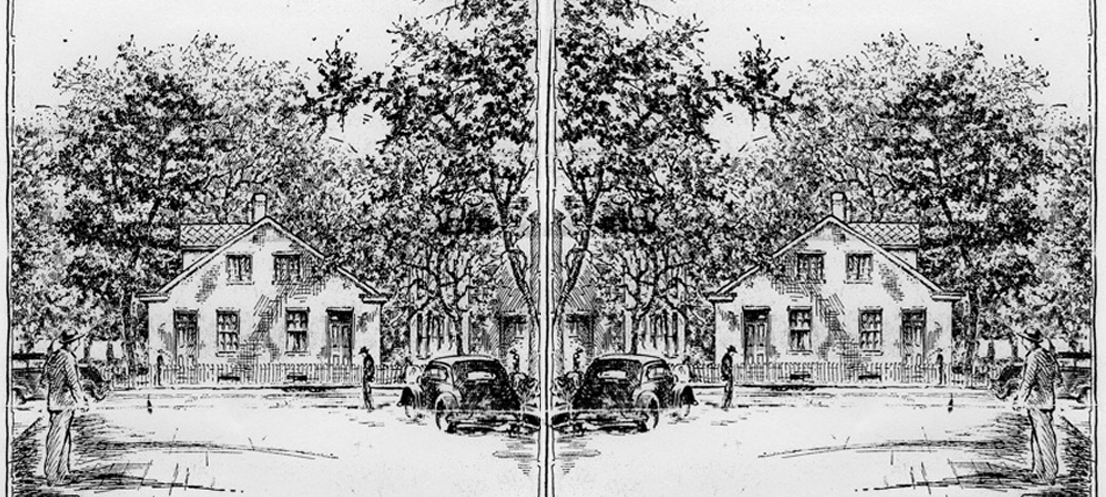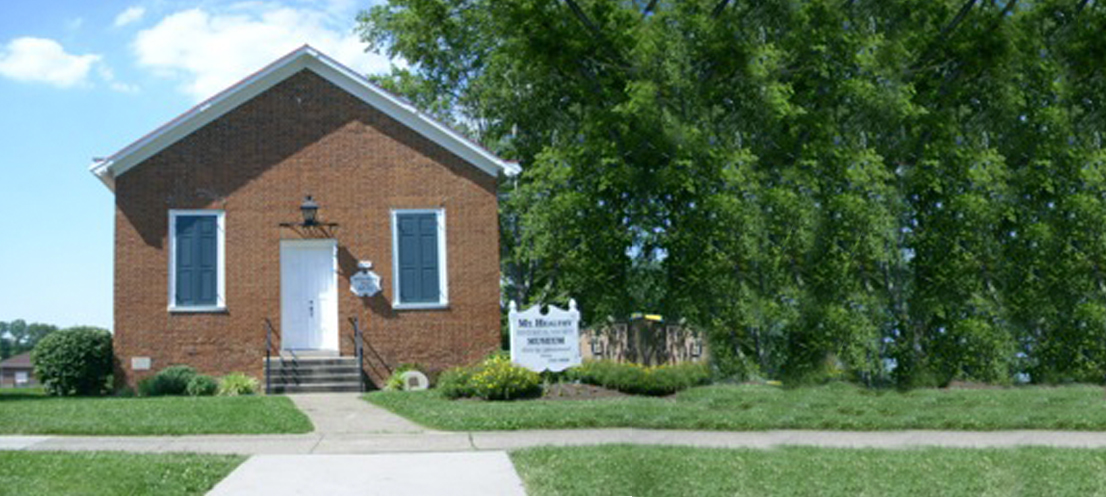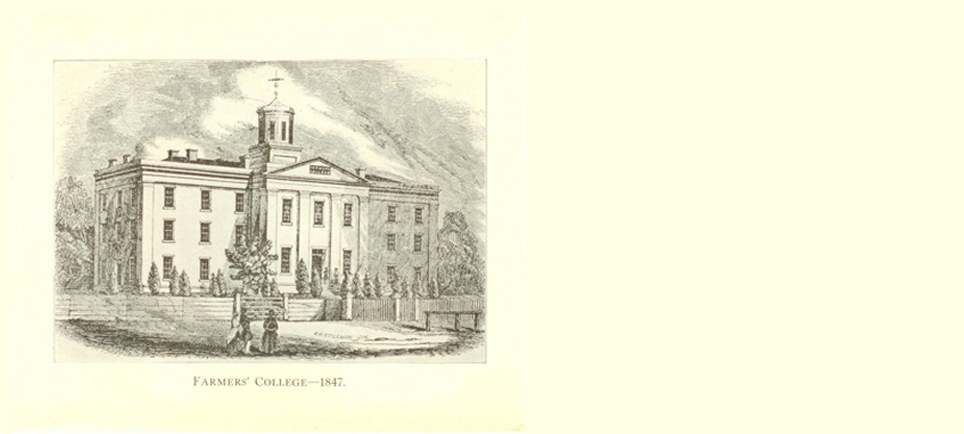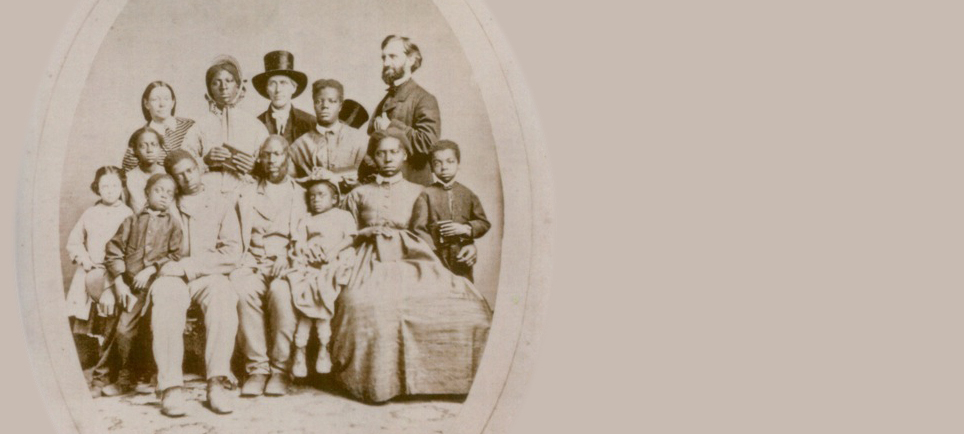













The Hall of Free Discussion was built at Ludlow’s Grove by James C. Ludlow in Northside near the Mill Creek outside of the city limits. It was scene of many debates about controversial topics such as abolition where speakers such as Rev. Lyman Beecher and William Cary were popular. Some students from the Lane Seminary used the Hall as a classroom to teach blacks, a very provocative move.
Wesleyan Cemetery (Northside) recognizes the burial site of abolitionist John Van Zandt as well as Wesleyan Cemetery's role in the funeral decoy of the Escape of the 28. The Escape of the 28 Corridor along Kirby, Glenview and Belmont Avenues (Northside, College Hill) recognizes the route of 28 Freedom Seekers who find refuge in College Hill on their way to Canada. The Charles Cheney site (Mt Healthy) recognizes Cheney as part of the anti-slavery Liberty Party and as someone who, with the help of free man of color Jim Dunlap, transported Freedom Seekers to the next station.
Zebulon Strong built two houses, one brick at 5434 Hamilton Avenue and the one that is now Six Acres Bed & Breakfast at 5340 Hamilton Avenue. The brick house was surrounded by a large orchard and was used as a safe house. Six Acres, The wooden house, contains several hiding places that can be seen today. The escaping slaves would come up the ravine, from where the old railroad line was later located and hide in the piles of brush in the gulley under some old burlap sacks. The Strong children would play in this area, casually leaving behind food.
The Mt. Healthy Free Meeting House was built in 1825 as a community meeting house, initially for church congregations that lacked a dedicated building. Later, it served as a venue for civic and political meetings and was the site of anti-slavery and Liberty Party conventions in the early 1840s. Salmon P. Chase and James G. Birney and other leading abolitionists gave rousing speeches here.
Farmers’ College was founded by Freeman Grant Cary, eldest son of William Cary. Freeman graduated from Miami University when Dr. Robert H. Bishop was the president. Due to differences over the abolition question, Dr. Bishop and Rev. Dr. John W. Scott left the faculty of Miami University and came to Farmers’ College at the invitation of Cary. Dr. Bishop, other faculty and some students regularly hid slaves in the bell tower.
Samuel and Sally Wilson purchased a log cabin, land and outbuildings at 1502 Aster Place in 1849 from Freeman G. Cary. It has been owned by only three families in more than 160 years. The Wilsons were Presbyterians and strong abolitionists and their house was a station on the route to freedom. Three of the children were involved in the Underground Railroad as described in the Harriet Wilson's Letter to Dr Siebert. A fourth, Theo Wilson, was the Executor of Levi Coffin's Estate.
Jonathan Cable (back far right and Levi Coffin (back with top hat) are here with an unidentified group, many holding books. While many abolitionists worked to end slavery, all did not work for racial equality and full citizen rights. Jonathan Cable, Laura Haviland and John Fairfield are examples of radical abolitionists who dedicated their lives to racial equality and worked to make Hamilton Avenue a road to freedom. (picture used with permission from Cable descendant Sylvia Rummel)